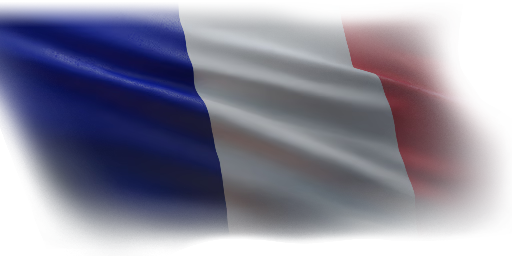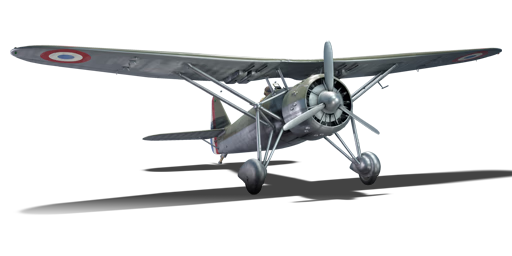

The D.371 was the first production version of the D.37 family of aircraft developed by SAF-Avions Dewoitine, first flown in 1934 and powered by a Gnome Rhône 14Kfs engine. At the time, the aircraft used a single-seat aeroplane design with a parasol wing, fixed landing gear, and, like many other aircraft of the time, it did not feature an enclosed cockpit but instead just had a windshield for the pilot. There are no records of the aircraft being used in combat due to its obsolescence and the presence of more modern fighters at the start of World War II.
Introduced in Update 1.73 "Vive la France", this aircraft is the first of the D.37 series featured in the game, along with its younger sibling, the D.373. As a single-engine monoplane, it is agile and quick. While it can be a formidable turnfighter, maintaining speed in this aircraft is crucial; otherwise, it becomes a slow, easy target for other aircraft. The MAC 1934 machine guns are not that powerful, however, having four of them will enable the pilot to sling quite a bit of lead. Due to the D.371 being a reserve aircraft, it is not uncommon for it to be pitted against higher rank I aircraft and even some lower rank II planes too. While slower than many of the higher aircraft it may face, all is not lost. The D.371 will have a manoeuvrability advantage, and if the pilot can pull the higher-rank enemy into a turnfight, the D.371 may be able to turn the tables and score a win. Don't count the D.371 out of the fight until the pilot bails out of the plane; if still flying, it can fight!
flaps
flaps
flaps
brake
control
| Belt | Belt filling | Armor penetration (mm) at a distance: | |||||
|---|---|---|---|---|---|---|---|
| 10 m | 100 m | 500 m | 1000 m | 1500 m | 2000 m | ||
| T/Ball/Ball/Ball/I/AP | 13 | 12 | 7 | 3 | 2 | 0 | |
| T/AP/AP/I/I | 13 | 12 | 7 | 3 | 2 | 0 | |
| IT | 3 | 3 | 3 | 3 | 0 | 0 | |
| AP/AP/I | 13 | 12 | 7 | 3 | 2 | 0 | |


